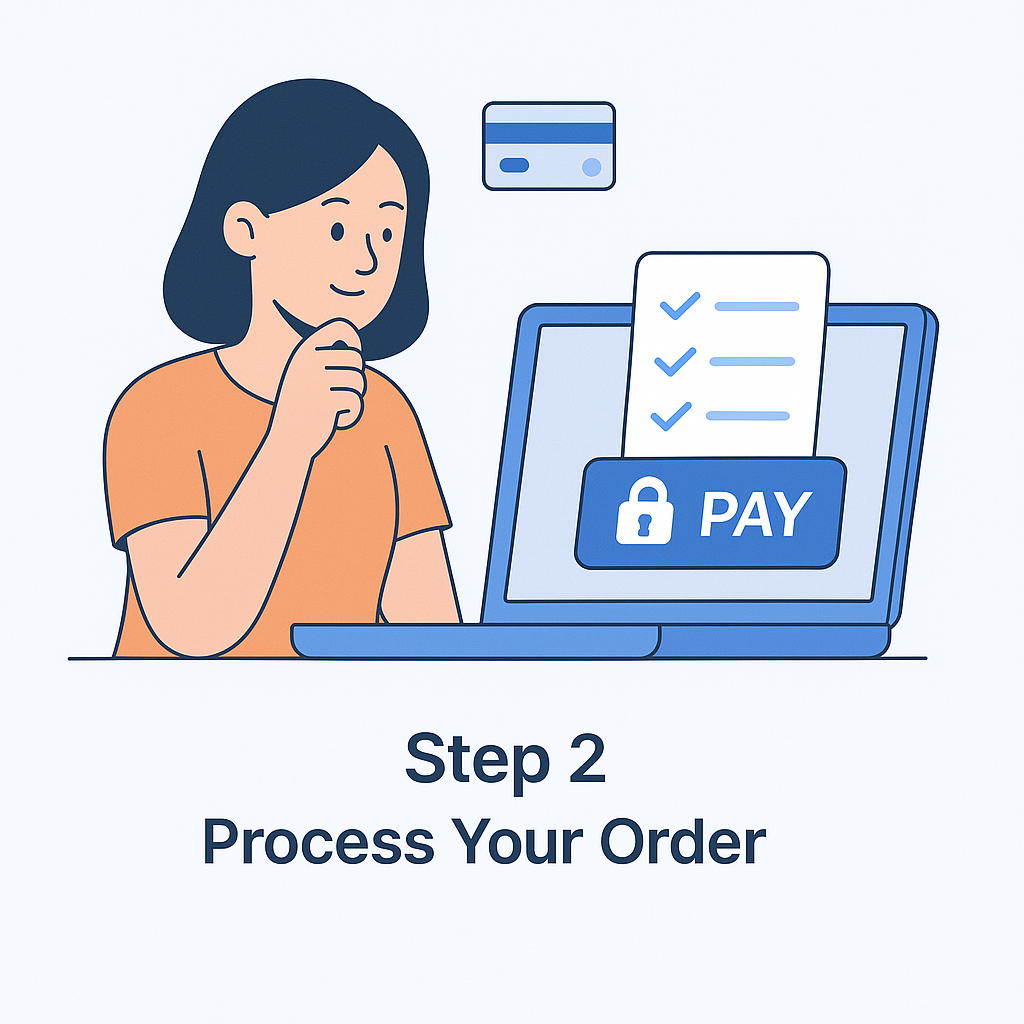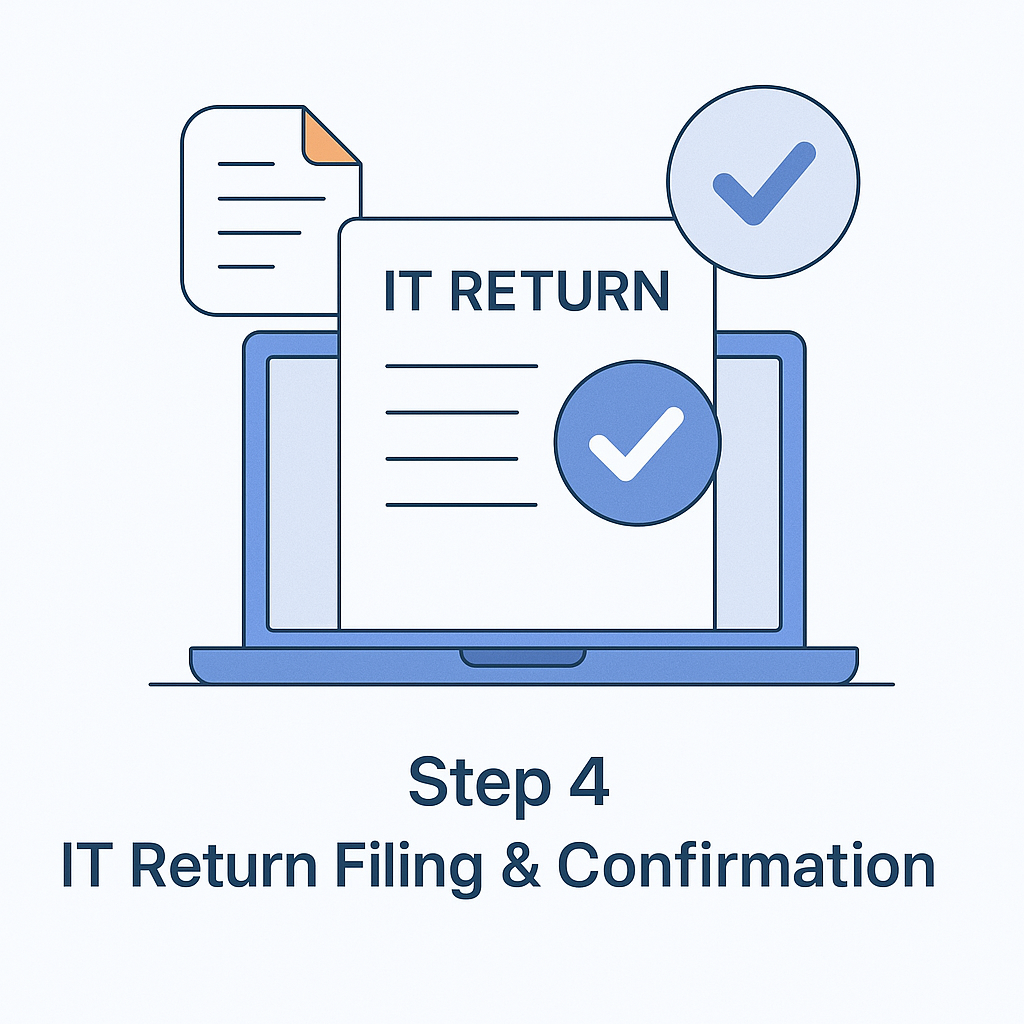Understand Salary Income and It’s Tax Return
This guide is made especially for asalariedperson to make them understand about salary components and tax saving methods. In this guidelines, we have explained salary slip, deduction of in-hand salary from CTC, retirement benefits and basic tax guidelines.
Section I: Understand Salary Slip
Understanding payslip is necessary as it describes how you are getting paid and what deductions have been made for you.
01
Basic Salary
It is the largest portion of salary and it is a fixed component which forms other components of the total salary.
02
House Rent Allowance
This amount is exempted from tax if the salaried individual lives in a rented house or apartment. For those who have own house in the same city as their job is, then this amount is taxable.
03
Medical Reimbursement
TIf the company offers a medical reimbursement of INR 15,000 then it can be claimed only by submitting the medical bills. This bill can be reimbursed for doctor consultation, medical tests, and medicinal expenses. This bill can be also claimed against medical expenses of dependents but this is subject to company rules. This INR 15,000 limit is fixed for every financial year.
04
Conveyance Allowance
This allowance is given to employees to cover their travel expenses from home to work. The limit of this expense is INR 19,200 per year and it is exempted from tax.
05
Leave Travel Allowance
Salaried employees can avail exemption under Leave Travel Allowance for a trip within India and it can be claimed only for a travel done with the family members. To claim the exemption, one need to submit the bills and thus it is not possible to claim it unless one have actually been traveling.
06
Special Allowance
Special allowances are fully taxable and this covers other leftout allowances.
07
Bonus
This allowance is paid once or twice a year and it is 100% taxable.
08
Employee Contribution to PF
Employee and the employer both are supposed to contribute 12% of the basic salary into the employee’s Provident Fund and it should be done on a monthly basis. It accruesan 8.5% interest and any company with over 20 employees must provide this.
09
Professional Tax
This tax is levied by the state and the maximum amount can be levied is INR 2,500. The employers deduct it and deposit it to the state government.
Section II: The difference between in-hand salary and CTC
CTC or Cost to the company is thesum of all the benefits you receive from the company in the form of various allowances. But in-hand salary means what you receive after deducting PF and payable tax.
|
CTC |
|
|
Components |
Amount (in Rs) |
|
Basic Salary |
2,50,000 |
|
Special Allowance |
1,00,000 |
|
HRA |
90,000 |
|
Medical Reimbursements |
15,000 |
|
Medical Insurance for you and your family |
5,000 |
|
PF (12% of basic) |
30,000 |
|
Performance bonus |
75,000 |
|
Total CTC |
5,65,000 |
|
Taxable Salary |
||
|
Components |
Amount(in Rs) |
|
|
Basic Salary |
2,50,000 |
|
|
Special Allowance |
1,00,000 |
|
|
HRA |
60,000 |
|
|
Bonus received |
75,000 |
|
|
Total Salary |
4,85,000 |
|
|
Less: 12% PF |
30,000 |
|
|
Less: Tax Payable* |
8,240 |
|
|
Take Home Salary |
4,46,760 |
|
|
Tax Payable |
||
|
Total Salary |
Rs.4,85,000 |
|
|
Less: Deduction u/s Section 80C |
Rs.1,50,000 |
|
|
Less: Deduction u/s Section 80D |
Rs. 5,000 |
|
|
Taxable Salary |
Rs.3,30,000 |
|
|
Tax payable (includes cess; excludes interest payable) |
Rs.8,240 |
|
Section III: Retirement Benefits
This section describes all the retirement benefit rules that a Government and non-government employee can access after taking retirement.
Exemption on leave salary
Some employers allow encashment of leave days where some prefer to use them. The amount received for salary encashment is taxable.
- For Central and State government employees, it is fully exempt from tax.
- For non-government employees, the least of the following three is exempt:
10 months average salary preceding retirement or resignation
(The average salary includes basic and DA and excludes perquisites and allowances)
Or,
Leave encashment actually received
Or,
An amount equal to the salary for the leave earned which must not exceed 30days per year
Or,
INR 3,00,000
The taxable amount must be the total leave encashment minus the exemption mention above. This will be added to your salary income
Relief under Section 89(1)
If a portion of salary is received in arrears or in advance that it is eligible for tax relief under Section 89 (1).
- Tax payable on total income + additional salary in the year it was received
- Tax payable on total income - additional salary in the year it was received
- Now calculate thedifference between the above two steps.
- Calculate tax payable on the total income - excluding arrears
- Calculate tax payable on the total income + arrears
- Calculate thedifference between the above two steps.
So, the remaining amount from the above calculation will be the tax relief you can claim. But if the amount of arrear calculated is more than additional salary calculated then you will not get any exemption.
Exemption on receipts at the time of voluntary retirement
Under section 10 (10C), any compensation received upon voluntary retirement or separation. This exemption can be claimed in the assessment year in which compensation is received.
- Compensation is received against voluntary retirement or separation.
- The maximum amount must not exceed Rs.5,00,000.
- The employee must be working with an authority established under the Central or State Act, state government or central government, university, local authority, notified institute of management, IIT, or notified institute of importance throughout India or any state, company, PSU or acooperative society.
- The receipts must comply with Rule 2BA
Under this section, no exemption can be claimed for the same AY. Also,this exemption cannot be claimed if the employee has already taken exemption under Section 89for compensation of voluntary retirement or separation or termination of services.
Pension
The Pension is taxable and it is paid out periodically on a monthly basis. Or, you can also choose to take apension in a lump-sum amount which is called as Commuted Pension. You can choose to receive a certain amount of pension in advance at the time of retirement.
- At the age of 60, you decide to receive 10% of your monthly pension for the next 10 years in advance. Your monthly pension = INR 20,000
- Aliquam tincidunt mauris eu risus.Lorem ipsum dolor sit amet, consectetuer adipiscing elit.Lorem ipsum dolor sit amet, consectetuer adipiscing elit.
- Vestibulum auctor dapibus neque.Lorem ipsum dolor sit amet, consectetuer adipiscing elit.Lorem ipsum dolor sit amet, consectetuer adipiscing elit.Lorem ipsum dolor sit amet, consectetuer adipiscing elit.
So for next ten years, you will receive INR 9,000 monthly. And after 10 years, you will start receiving the full pension. The uncommuted money is fully taxable where commuted pension is fully exempted from tax liability.
For government employee:
- Commuted pension is non-taxable
- Uncommuted pension is taxable
- Also, periodical payments are taxable
For a non-government employee:
- If gratuity is received, then 1/3 of the pension is non-taxable
- If gratuity is not received, then 1/2 of the pension is non-taxable
For family pension:
- For armed forces, it is totally exempted
- For others, INR 15,000 or 1/3 of the uncommuted pension whichever is less is exempt.
Pension received from UNO:
- Totally exempted, whether received by its employees or their family.
Gratuity taxed?
- It is a retirement benefit provided by the employers to their employees.
- This is supposed to provided when an employee completes 5 years of service in an organization.
- However, the amount is only paid when an employee resigns or retires.
- For Central, State or local government employee, it is received only on retirement or death.
- For Govt employees, it is fully exempt from tax for the employee or his family.
- The taxation of gratuity depends on the employee being covered by the Payment of Gratuity Act.
Section IV: Income Tax Basics
What income am I taxed for?
Income is not only salary, but it includes all the income that you earn from all other sources. The other sources include house property, profit/loss from selling stocks, interest earned on a savings account/fixed deposits. All the income generated from these sources are your gross income and thus is taxable.
So, how much tax I have to pay?
Tax is levied on the total income generated from all the sources. You can avail deductions on your taxable income under Section 80. Taxes for the Financial year 2016-17 are levied as per the defined tax slabs mentioned in this table below.
|
Tax Slab in Rupees |
FY 2016-17 |
|
Up to Rs.2,50,000 |
No Tax |
|
2,50,000 - 5,00,000 |
10% |
|
5,00,000 - Rs.10,00,000 |
20% |
|
Rs.10,00,000 and beyond |
30% |
|
Surcharge: 10% of the Income Tax, where the total income exceeds INR 1 Cr. |
|
|
Education Cess: 3% on the sum of total income tax and surcharge. |
|
For senior citizens of 60 years or older, the 0 tax limit is prescribed for income up to INR 3,00,000.
Calculate Your Income Tax
When an employer deducts tax from employee salary and pays it to the I-T Department on their behalf
The TAX employer deducts is called TDS or Tax Deducted at Source which they pay to IT department. The amount they cut off from the salary, is calculated on the base of your total income and investments you did.
The employers also provide a TDS certificate called Form 16 around June or July which shows all the calculations of monthly deductions. Banks also deduct TDS on interest earned from Fixed Deposits at a rate of 10% when they have your PAN information. If they do not have your PAN information then they cut TDS at a rate of 20%.
Description of Form 16:
Typically it’s a TDS certificate which shows the calculation of TDS deducted by your employer during the whole financial year. It also contains details of your salary and deductions applied on it.
details about employer and employee name, address, PAN and TAN details and TDS deductions.
details of salary paid, other incomes, deductions allowed, tax payable.
Description of Form 26AS:
It shows the summary of taxes deducted on your behalf and taxes paid by you. The Income Tax Department provides this and it can be accessed from the I-T Department's official website.
Minimize your taxable income by availing deductions:
While e-filing income tax return, remember to claim all the tax deductions and benefits that apply to you.Section 80C of the Income Tax Act offers a deduction of Rs.1, 50,000/- in many ways of investments. Also, there are a bunch of other deductions one can avail under the Section 80C to 80U.
 Tax Glossary
Tax Glossary





